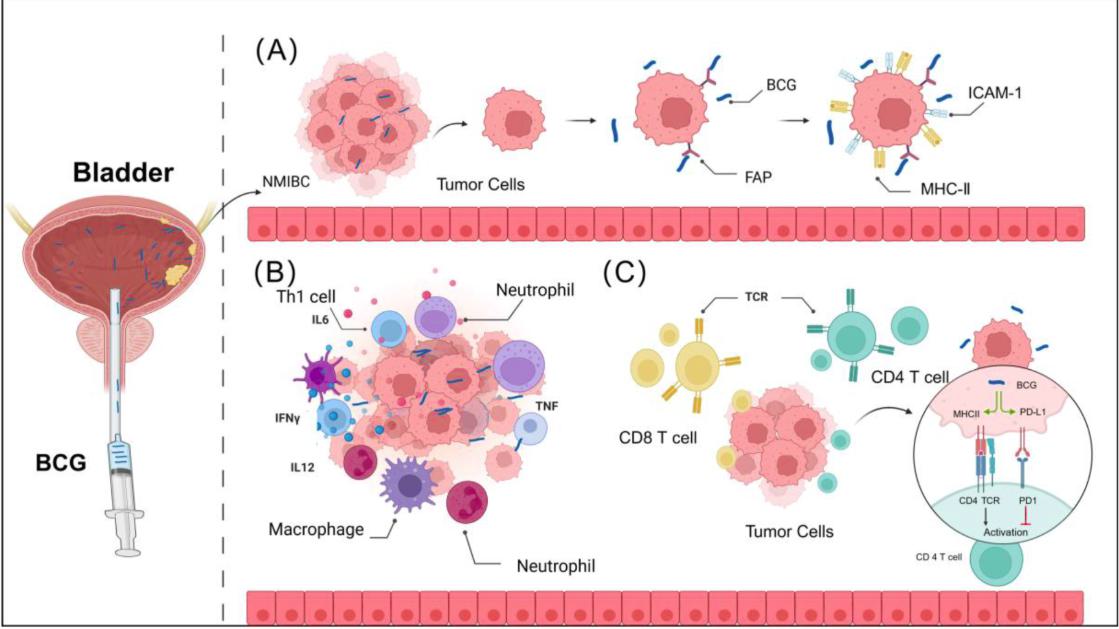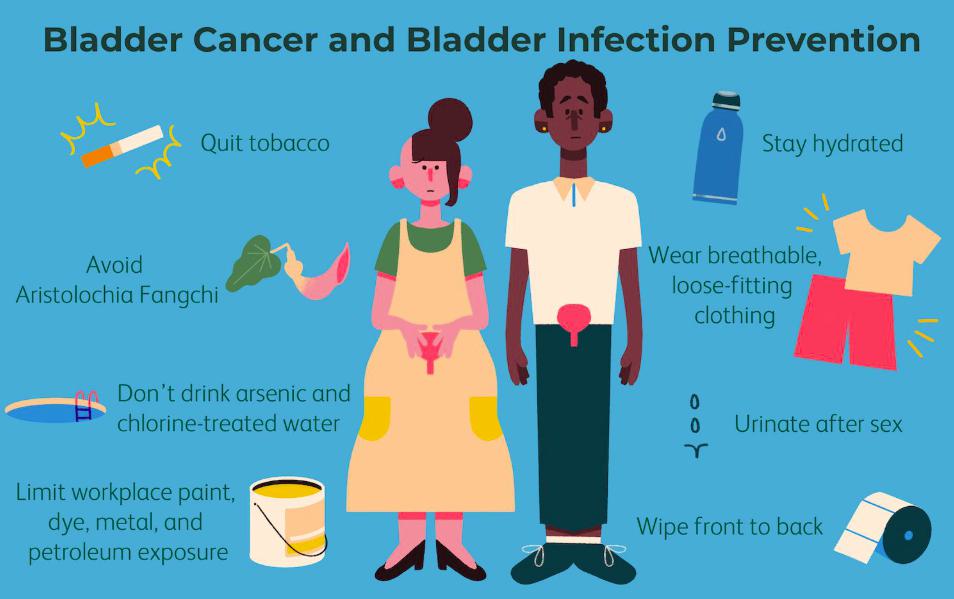Bladder cancer is one of the most common cancers affecting the urinary system, and its treatment often requires a combination of medical approaches. Among the most established therapies is Bacillus Calmette-Guérin (BCG), an immunotherapy used for decades to prevent recurrence and progression of bladder tumors. Many patients and families want to know what BCG treatment for bladder cancer involves, how it works, and what to expect during the process.
Understanding the role of BCG therapy is crucial for anyone facing this diagnosis. This article provides a comprehensive overview, from definition and causes to treatment, prevention, prognosis, and support options. Our goal is to help you make informed decisions while navigating your care journey.
Definition and Overview
BCG treatment for bladder cancer is a type of intravesical immunotherapy, meaning the medication is placed directly into the bladder through a catheter. BCG is a weakened strain of the bacterium Mycobacterium bovis, originally developed as a tuberculosis vaccine. When instilled into the bladder, it stimulates the immune system to attack and destroy cancer cells, reducing the risk of recurrence after surgery.
This treatment is primarily used for non-muscle-invasive bladder cancer (NMIBC), especially after tumor removal via transurethral resection of bladder tumor (TURBT).
Types
There are two main categories of bladder cancer where BCG treatment may be applied:
- Non-Muscle-Invasive Bladder Cancer (NMIBC): BCG is most effective in this group, especially for high-grade tumors, carcinoma in situ (CIS), and recurrent cases.
- Intermediate-Risk Cases: Patients with moderate risk of recurrence or progression may also benefit from BCG therapy.
Muscle-invasive bladder cancer generally requires more aggressive treatments such as surgery, chemotherapy, or radiation, where BCG alone is not sufficient.
Causes and Risk Factors
While the exact cause of bladder cancer is not always clear, several risk factors increase the likelihood of developing it:
- Smoking: The leading cause, responsible for around half of cases.
- Chemical exposure: Workers in industries like dyes, rubber, and textiles face higher risks.
- Chronic bladder irritation: Long-term infections or catheter use may contribute.
- Genetics and family history: Certain inherited mutations increase susceptibility.
- Age and gender: Bladder cancer is more common in men and individuals over 55.
Understanding these risk factors helps identify individuals who might benefit most from preventive measures and close monitoring.
Symptoms and Early Warning Signs
Bladder cancer often presents with noticeable symptoms, though some may be mistaken for other urinary issues. Early signs include:
- Blood in the urine (hematuria)
- Frequent urination
- Pain or burning sensation during urination
- Urgent need to urinate
- Pelvic or back pain in later stages
Recognizing these warning signs early can significantly improve treatment outcomes, especially when considering BCG therapy for bladder cancer.
Diagnosis
To confirm bladder cancer and determine if BCG therapy is suitable, doctors use several diagnostic tools:
- Urinalysis and urine cytology to detect abnormal cells.
- Cystoscopy to visually inspect the bladder lining.
- Biopsy and TURBT to remove and analyze suspicious tissue.
- Imaging tests such as CT scans or ultrasounds to check for spread.
Accurate diagnosis ensures that BCG treatment is applied to the right cases.
Treatment Options
BCG treatment for bladder cancer is often part of a broader strategy that may include:
- TURBT surgery to remove tumors before starting BCG therapy.
- Intravesical BCG therapy delivered in weekly sessions for six weeks (induction phase), followed by maintenance therapy over months or years.
- Other intravesical agents like chemotherapy if BCG is not effective.
- Radical cystectomy in advanced or unresponsive cases.
The choice depends on tumor type, stage, and patient health.
Prevention and Lifestyle Recommendations
While not all cases can be prevented, healthy lifestyle choices can lower risk:
- Quit smoking and avoid exposure to tobacco.
- Stay hydrated to flush toxins from the bladder.
- Minimize exposure to harmful workplace chemicals.
- Eat a balanced diet rich in fruits, vegetables, and whole grains.
- Schedule regular check-ups if you have risk factors or a family history.
Such measures complement medical treatment and improve overall health.
Prognosis and Survival Rates
The prognosis for patients undergoing BCG treatment for bladder cancer is generally favorable, especially for non-muscle-invasive cases. BCG reduces recurrence rates by up to 70% and progression rates by up to 30%. Survival outcomes depend on tumor grade, stage, and how well the cancer responds to therapy. Regular follow-ups with cystoscopy and urine tests are essential to monitor long-term success.
Latest Research and Innovations
Recent studies are exploring ways to enhance BCG effectiveness, including combination therapies with checkpoint inhibitors, vaccines, and new immunotherapy drugs. Researchers are also working on better biomarkers to predict which patients will respond best to BCG. These innovations could transform the future of bladder cancer management.
Coping and Support for Patients
A bladder cancer diagnosis can be emotionally and physically overwhelming. Patients may face side effects such as bladder irritation, fever, or fatigue during BCG treatment. Support systems are crucial—joining cancer support groups, seeking counseling, and involving family in care decisions can help patients cope better. Education and open communication with healthcare providers also play an important role.
Conclusion
BCG treatment for bladder cancer remains a cornerstone therapy for non-muscle-invasive cases, offering hope by reducing recurrence and progression risks. With continued research, evolving treatment strategies, and strong patient support, outcomes are steadily improving. If you or a loved one is facing bladder cancer, discuss BCG therapy with your healthcare provider to understand its benefits and whether it is the right option.
FAQ
1. What is BCG treatment for bladder cancer?
It is an intravesical immunotherapy where BCG is introduced into the bladder to stimulate the immune system to fight cancer cells.
2. How long does BCG treatment last?
Typically, patients undergo a six-week induction phase followed by maintenance therapy for up to three years.
3. What are common side effects of BCG therapy?
Side effects may include urinary frequency, burning sensation, mild fever, and bladder irritation.
4. Who should not receive BCG treatment?
Patients with weakened immune systems, active infections, or advanced muscle-invasive bladder cancer may not be suitable candidates.
5. Is BCG treatment for bladder cancer effective?
Yes, it is one of the most effective treatments for preventing recurrence and progression in non-muscle-invasive bladder cancer.


